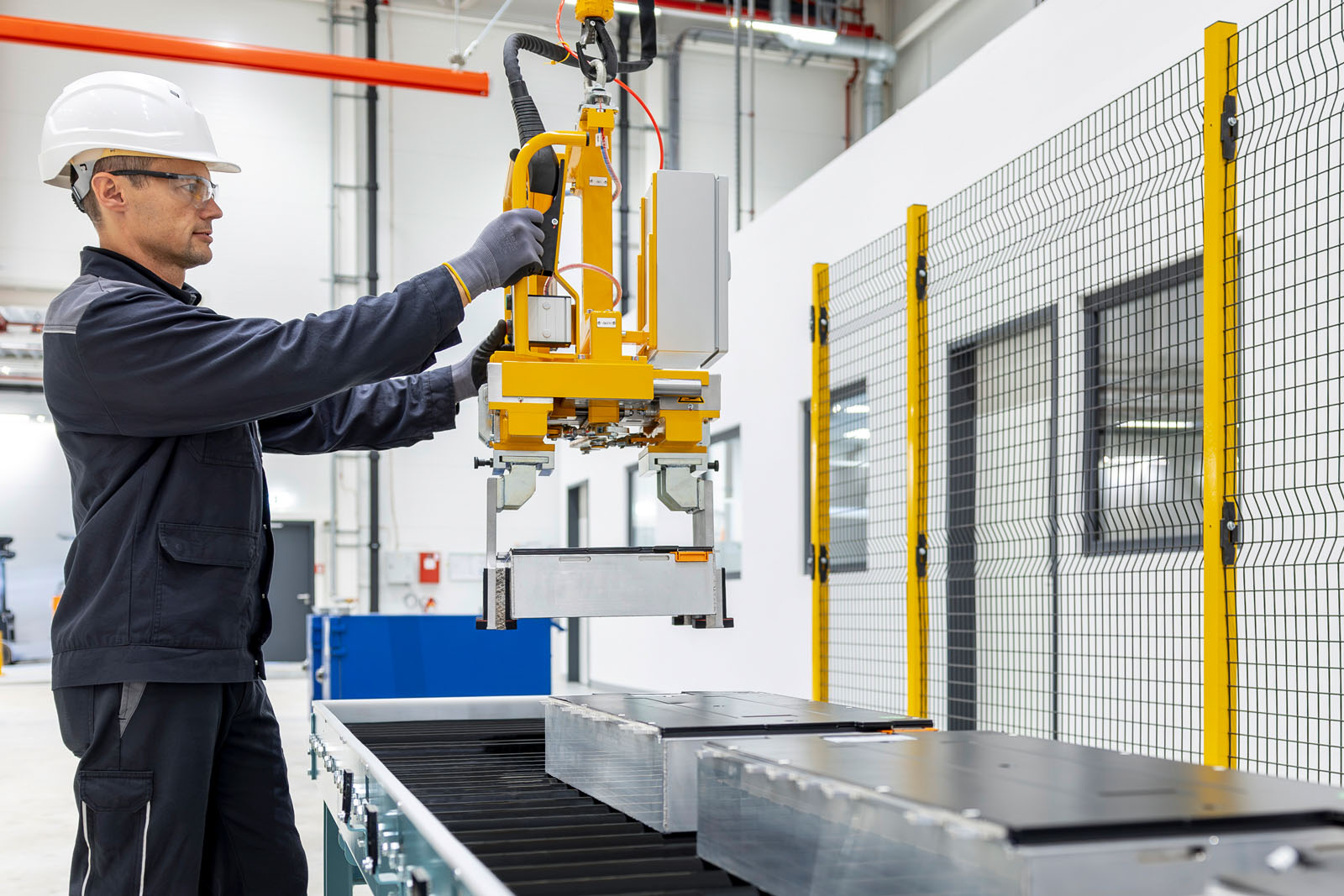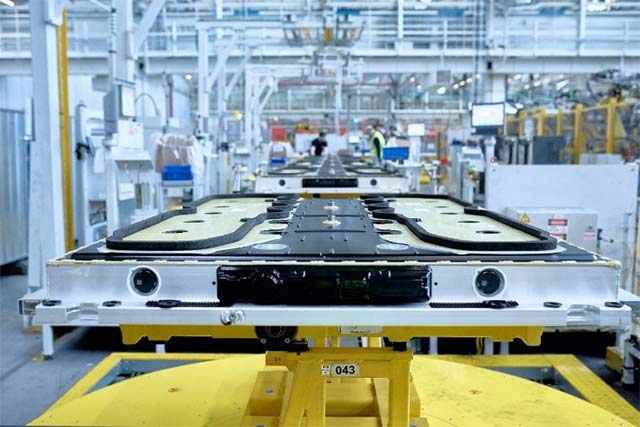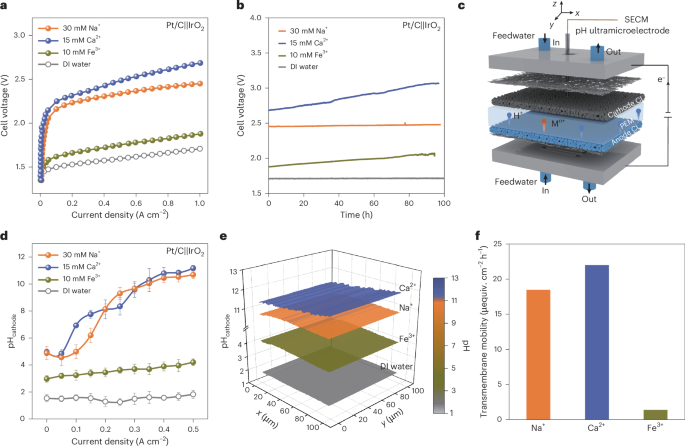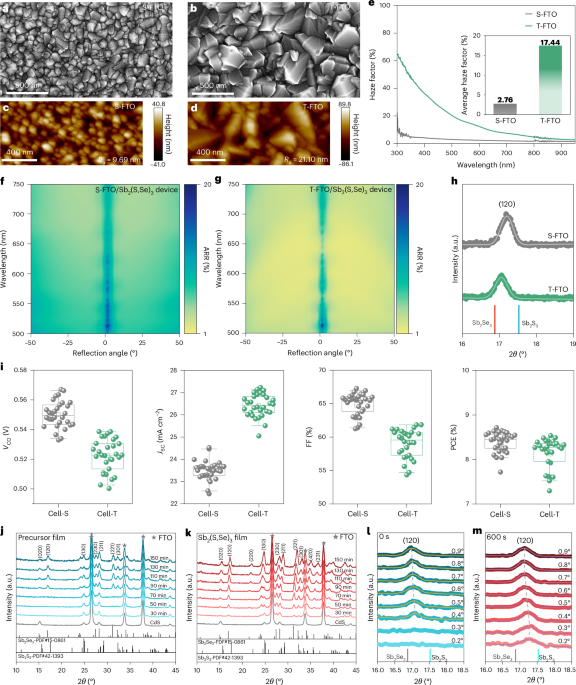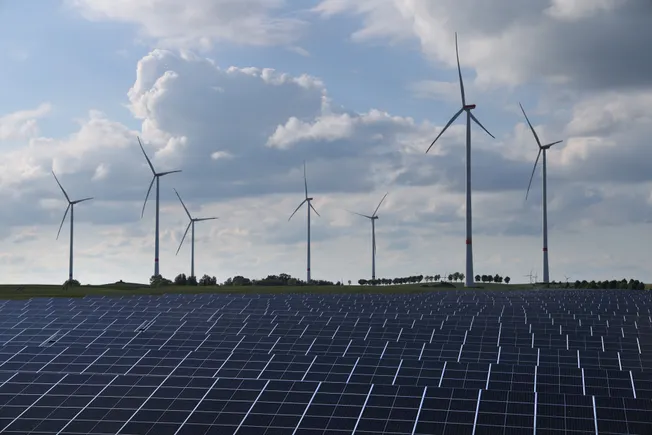Current Status and Future Prospects of Solid‐State Lithium–Sulfur Batteries: A Focus on Reaction and Interface Engineering
Advanced Energy Materials, EarlyView.

This review comprehensively examines the fundamental challenges and recent progress from reaction and interface lens for solid-state lithium–sulfur batteries (LSBs). To bridge the gap between fundamentals and practical applications, research directions and prospects for designing practical high-performance solid-state LSBs are proposed.
Abstract
The burgeoning development of solid-state electrolytes significantly improves the safty and practicality of solid-state lithium–sulfur batteries (LSBs). Based on mature solid-state electrolytes, challenges in electrochemical performance remain, largely due to complex reactions and interfacial issues on both sulfur and lithium sides. This review comprehensively examines the fundamental challenges and recent progress from the perspectives of reaction and interface. From a reaction standpoint, it discusses the trade-off between shuttle effect and redox kinetics, as well as the irreversible accumulation of kinetically dead sulfur across different electrolytes, which were often overlooked. Regarding interfaces, it discusses the formation of interfacial dead sulfur within the cathode and strategies to enhance the across-interface transport of charge carriers. It also analyzes mechanisms underlying lithium dendrite formation and interface failure, along with current solutions to mitigate dead lithium and extend lithium anode lifespan. In pursuit of meeting commercial demands for solid-state LSBs, engineering parameters targeting high energy density are specified by formulations, and differences in parameter design principles among different electrolyte systems are systematically analyzed. Finally, to bridge fundamental insights with practical applications, future research directions are proposed, emphasizing reaction and interface engineering for high-performance solid-state LSBs.







